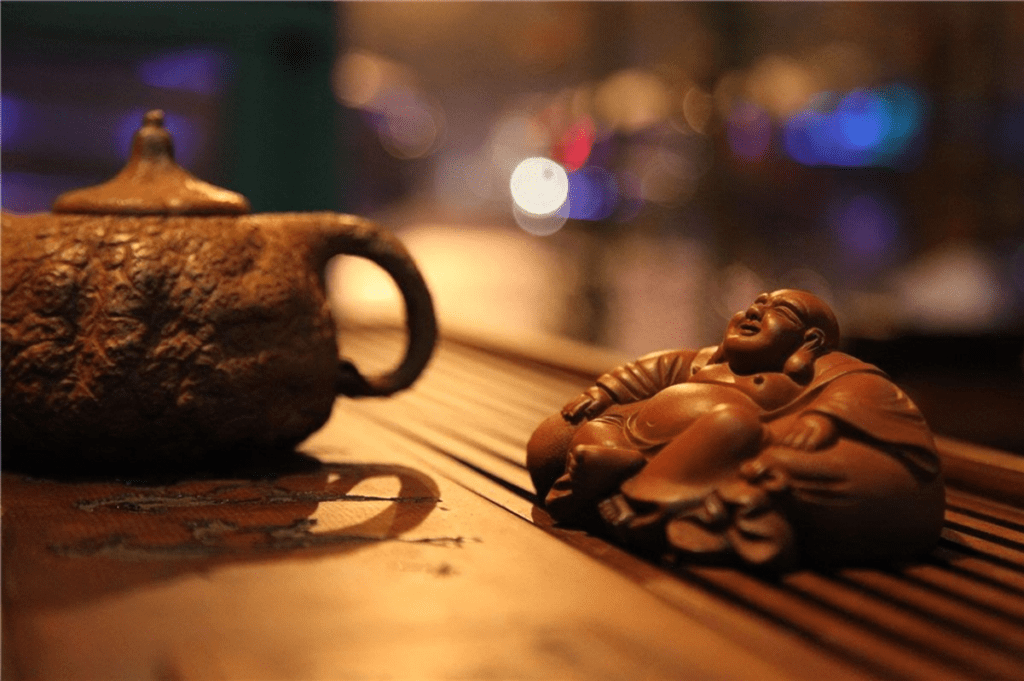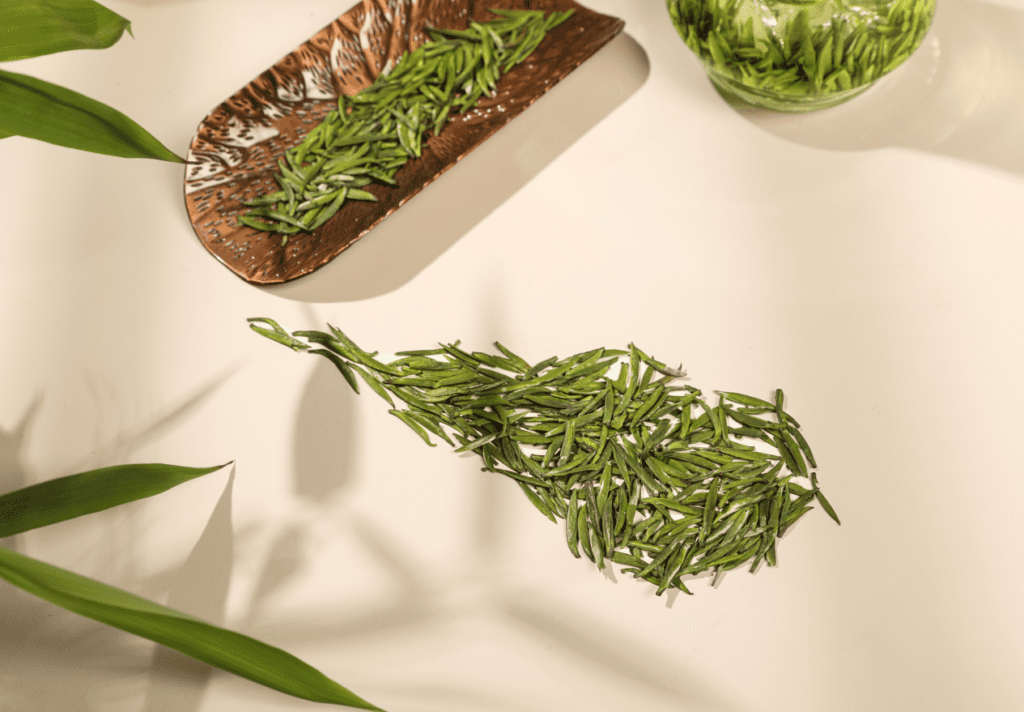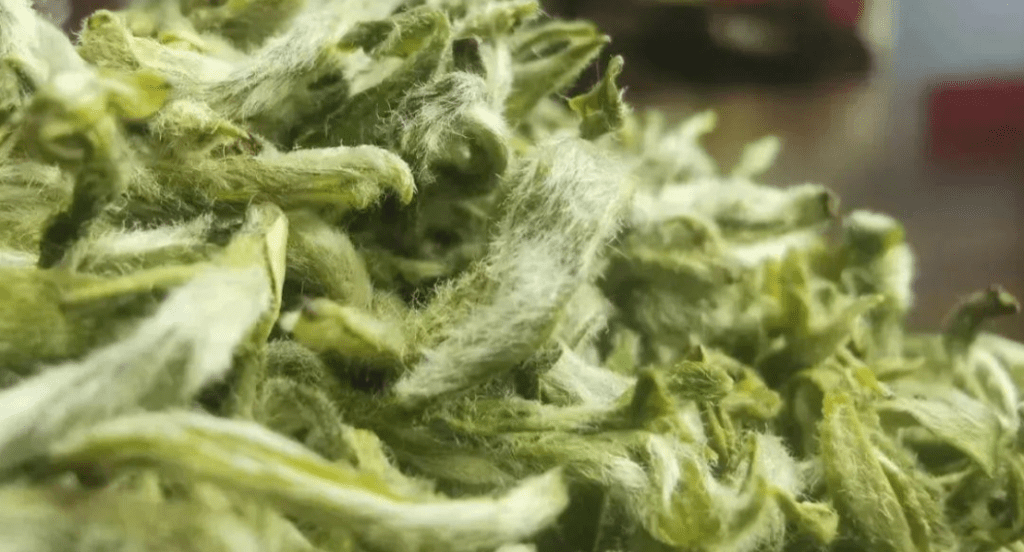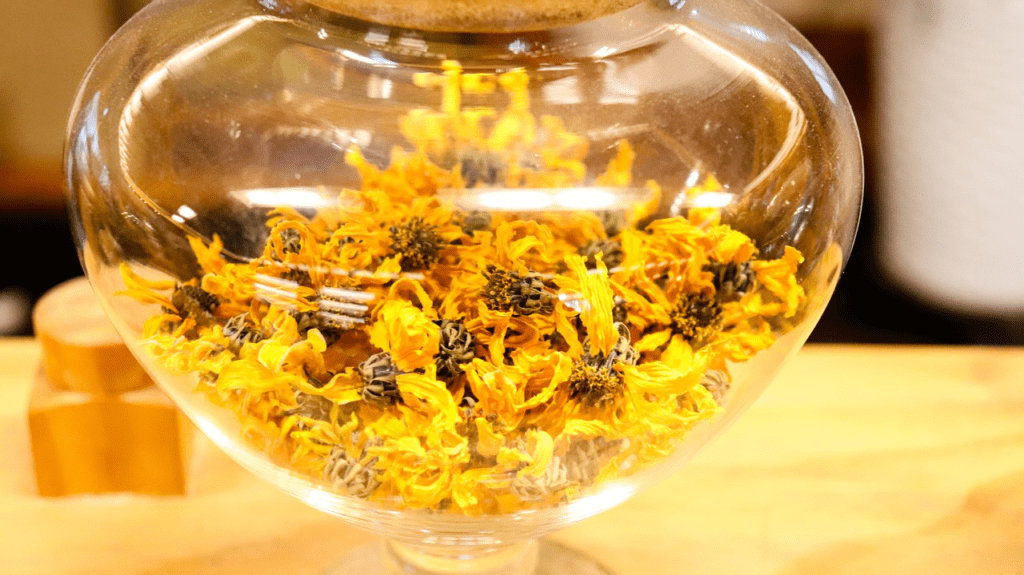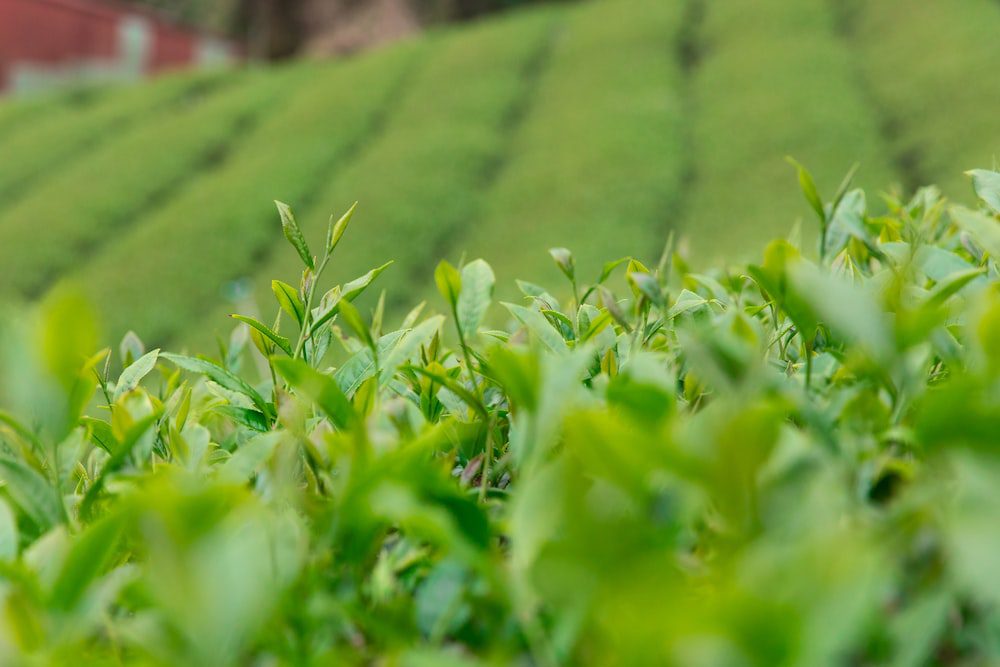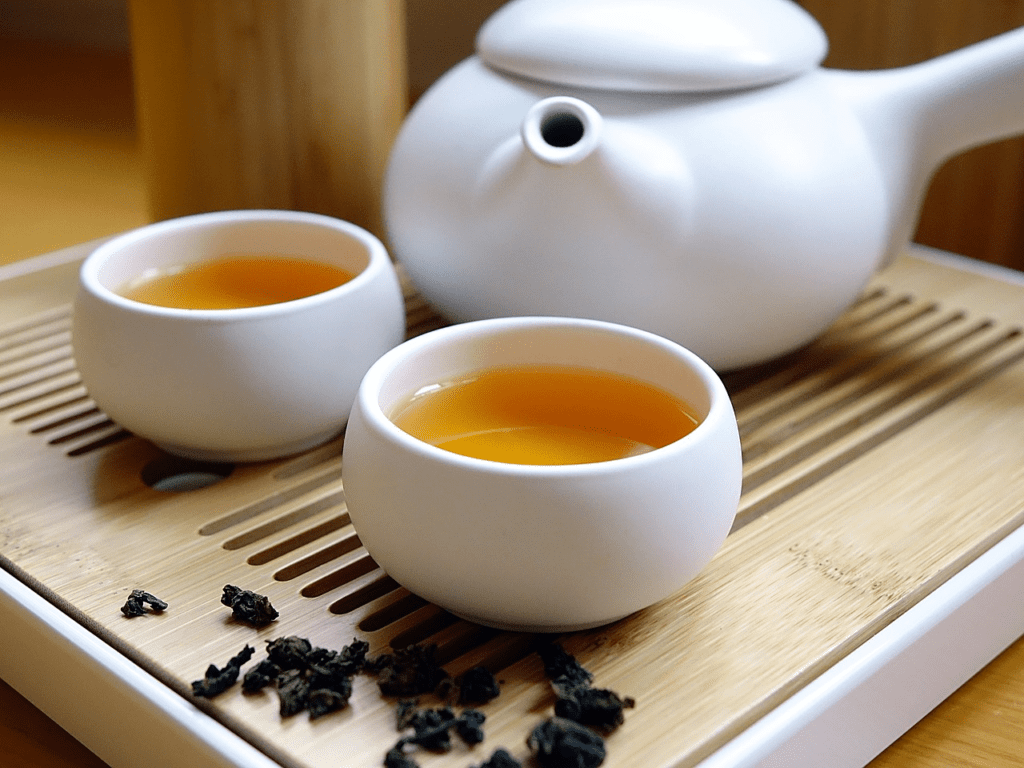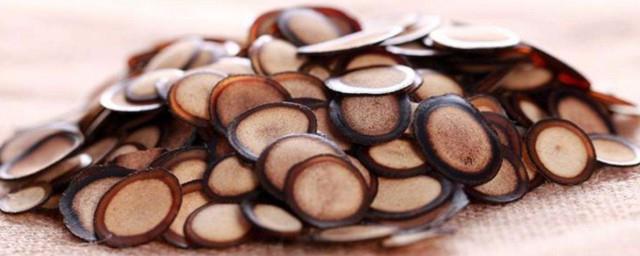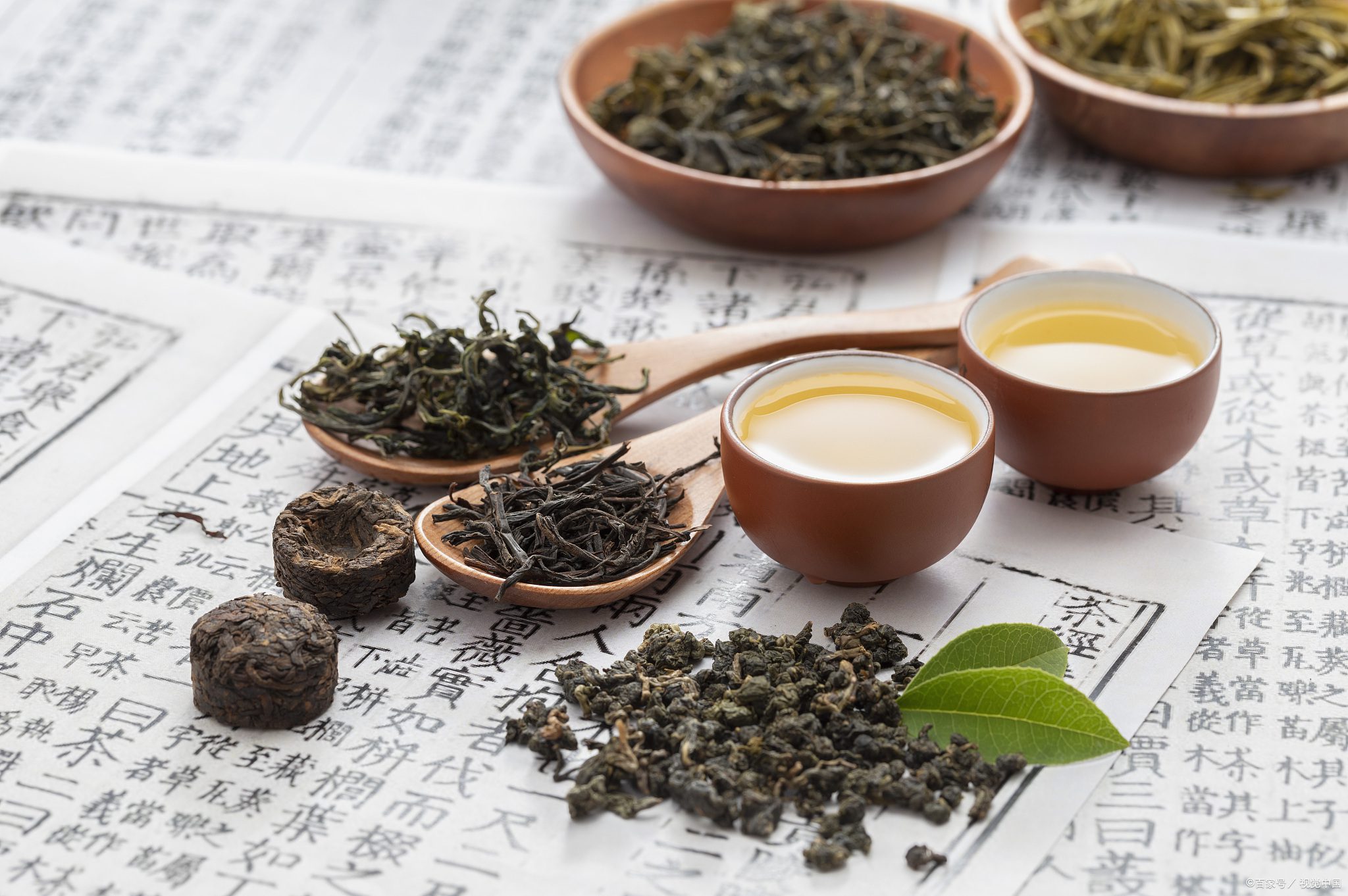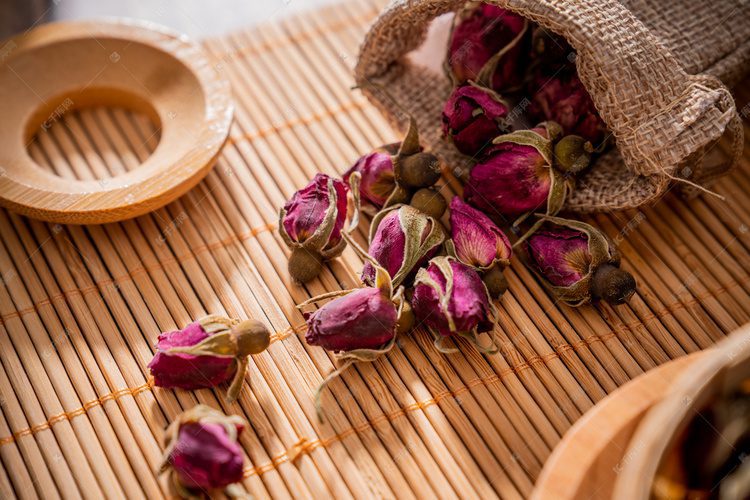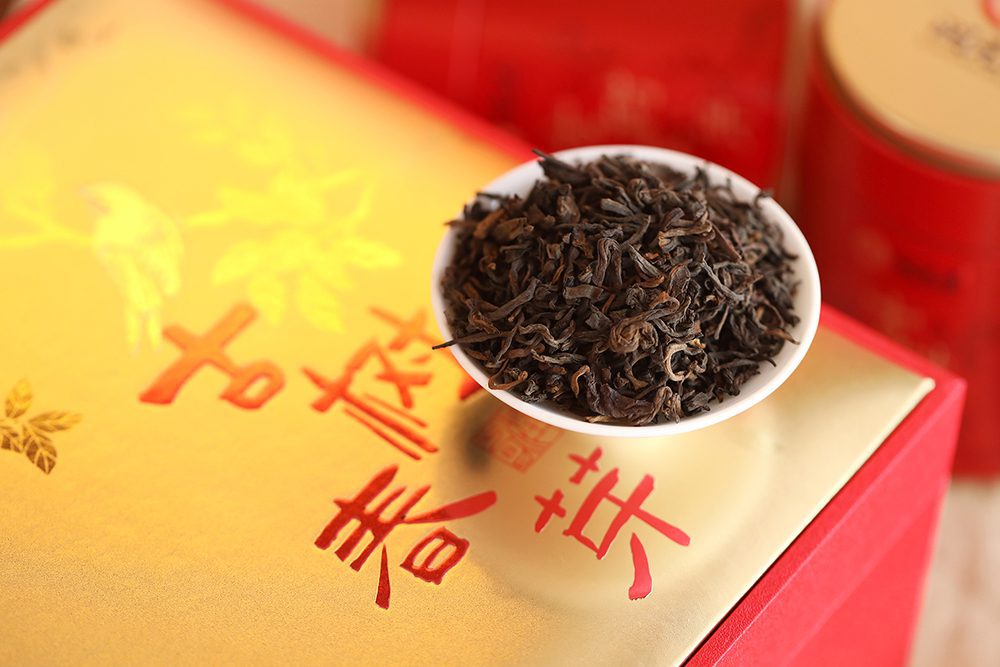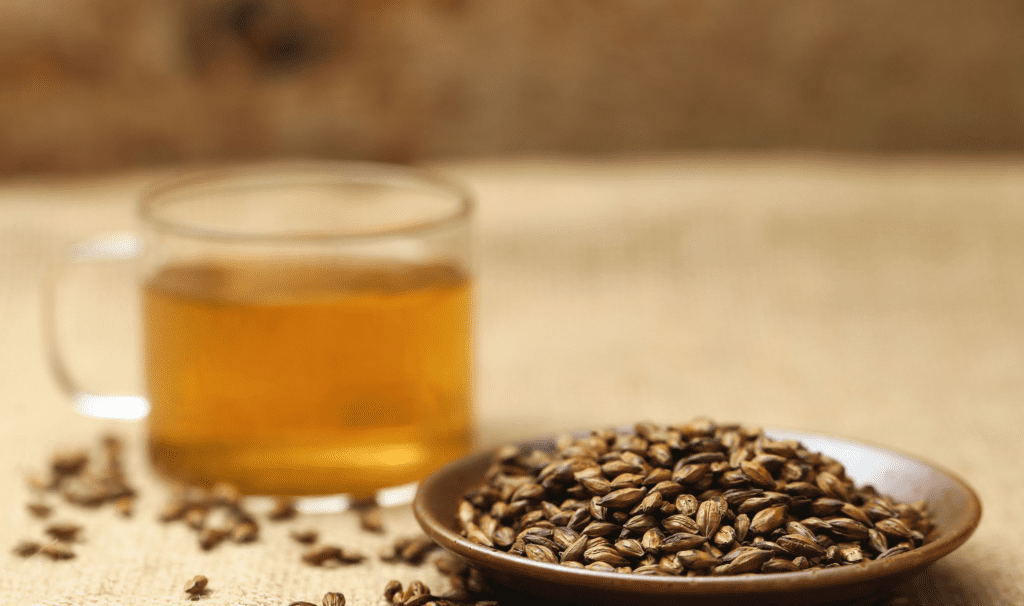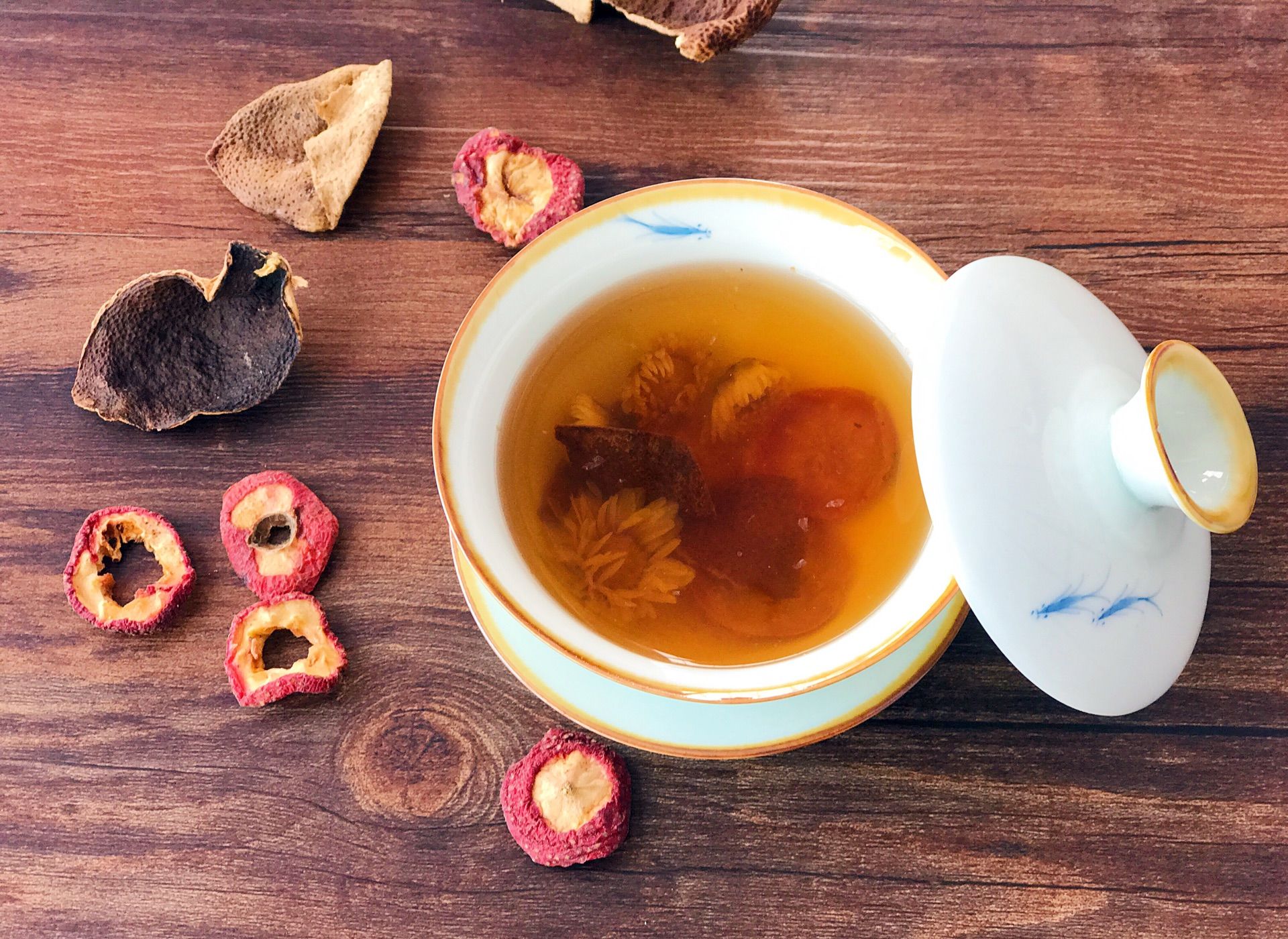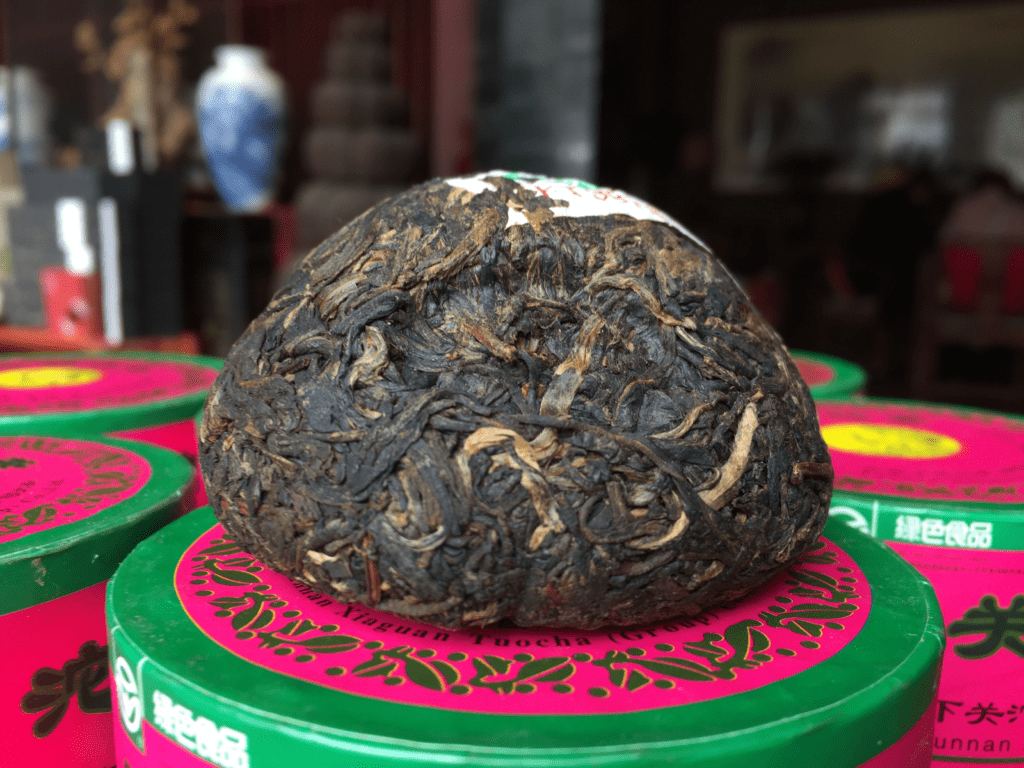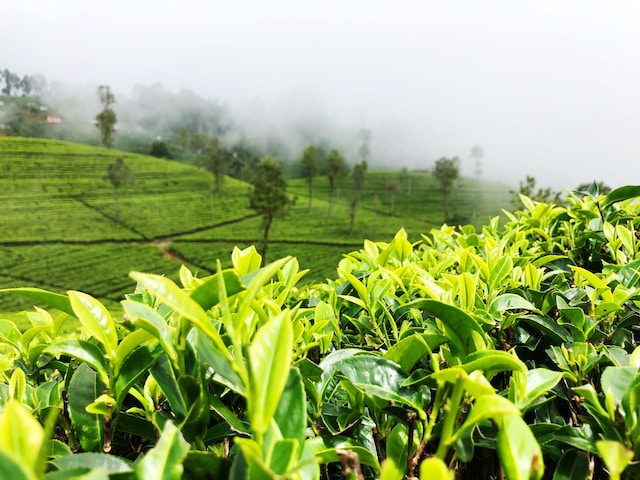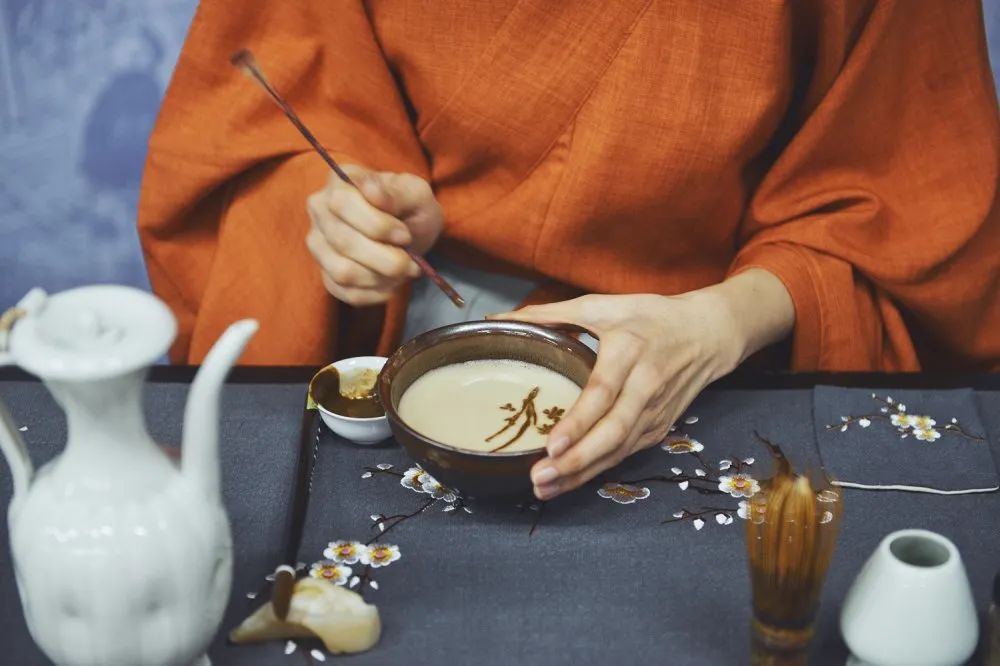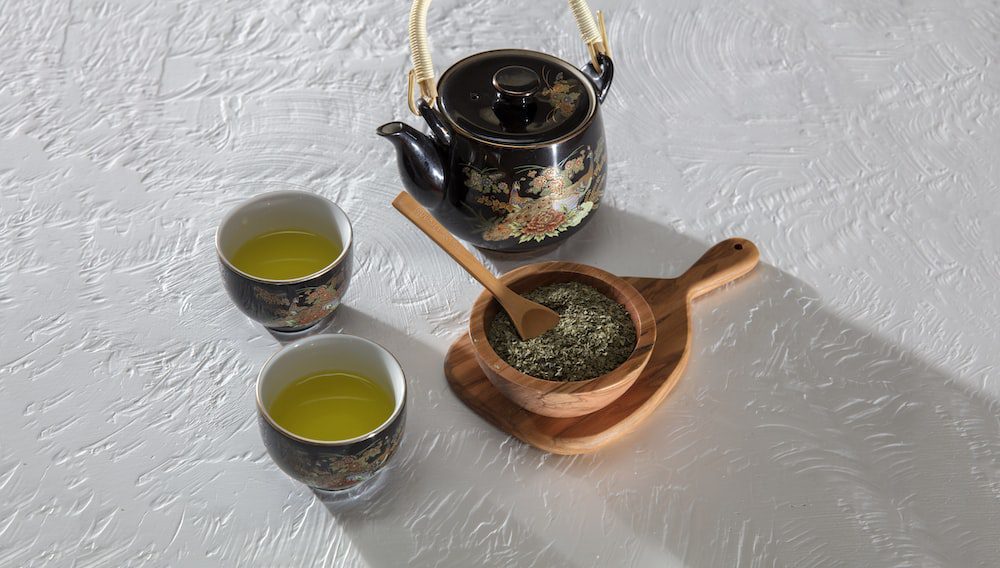Know Your Tea
Drinking tea is not only a daily habit, but also an art of living. Whether you are new to tea or already have some experience, the right way to brew tea will allow you to better enjoy the aroma and flavor. Today we will explore how to make tea correctly, every step of the way, from choosing the tea to the final sip.
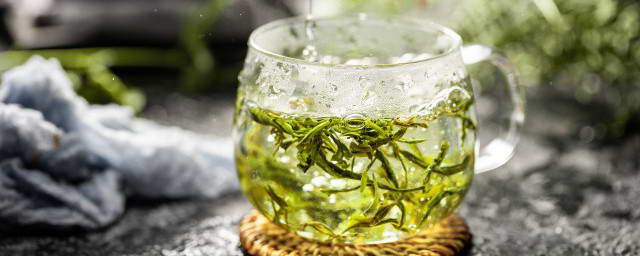
(Image source: Internet, deleted)
green tea
Green tea is unfermented tea that retains the natural components of the tea itself. Representative green teas are Longjing, Biluochun and Maofeng. Green tea produces a clear tea broth with a fresh taste and a light fragrance.
black tea
Black tea is a fully fermented tea that is darker in color, with a reddish broth and a rich taste. Common black teas include Keemun black tea, Darjeeling black tea and Assam black tea.
Oolong tea
Oolong tea is a semi-fermented tea between green tea and black tea. There are many types of oolong tea, such as Iron Goddess of Mercy, Dahongpao and Wuyi Rock Tea, which produces a golden tea broth with a rich aroma and flavor.
plain tea
White tea is the most lightly fermented tea, with a simple production process that involves only withering and drying. Representatives of white tea include White Hair Silver Needle and White Peony, which have a light and sweet flavor.
Pu'er tea from the Pu'er region of Yunnan
Pu-erh tea is divided into raw pu-erh and ripe pu-erh. Raw pu-erh is tea that has not been artificially fermented while ripe pu-erh is tea that has been artificially fermented. The tea broth of Puerh tea is dark in color, mellow in flavor, and has a unique aged aroma.
Get your tea set ready.
teapots
A teapot is the main tool for making tea, and it is important to choose a teapot that is suitable for your tea. For example, purple clay pots are suitable for oolong and puerh teas, while porcelain pots are suitable for green and black teas.
teacups
The choice of teacups should not be overlooked. Generally speaking, the size and material of the teacup will affect the temperature and taste of the tea soup. You can choose a glass cup to appreciate the color of the tea soup or a ceramic cup to keep it warm.
tea strainer
Some tea leaves are finely chopped, so you need to use a tea filter to filter the tea dregs when making tea.
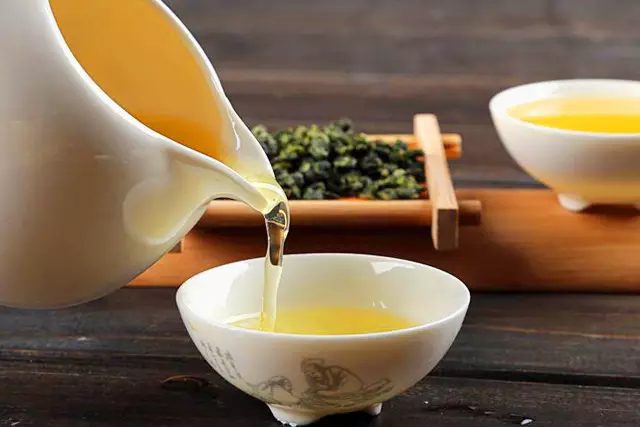
(Image source: Internet, deleted)
tea tray
Tea trays can be used to place tea utensils, but also to catch the overflow of tea in the process of making tea, to keep the tea-making environment neat and tidy.
The right way to make tea
boil water
The temperature at which the water is boiled has a crucial effect on the tea brewing. Different teas require different water temperatures:
- Green tea: 80-85℃ water temperature is most suitable, because too high temperature will destroy the fresh taste of green tea.
- Black tea: 95-100℃ water temperature can fully release the strong flavor of black tea.
- Oolong Tea: 90-95℃ water temperature is best to stimulate the aroma of the tea without over-stimulation.
- White Tea: 85-90℃ water temperature is most suitable to retain the sweet taste of white tea.
- Pu-erh Tea: Boiling water at 100°C is ideal, especially for aged ripe pu-erh, which needs high temperature to awaken its unique aroma.
throw in tea (esp. for tea leaves)
The amount of tea to be thrown depends on the size of the tea set and personal taste, generally speaking, 3-5 grams of tea per 150ml of water is more appropriate. If you like strong tea, you can increase the amount of tea.
wash tea
Washing tea is one of the important steps in making tea. The first tea water is usually used to wash away the dust and impurities on the surface of the tea leaves, and also to wake up the tea leaves. The washing time is usually about 10 seconds, which should not be too long to avoid losing the essence of the tea leaves.
immerse
The steeping time has a decisive effect on the flavor of the tea, as does the temperature of the water. Generally speaking:
- Green tea: steep for 30 seconds for the first steeping, then add 10 seconds for each subsequent steeping.
- Black tea: steep for 2 minutes for the first steeping, then add 30 seconds for each subsequent steeping.
- Oolong tea: steep for 1 minute for the first steeping, then add 20 seconds for each subsequent steeping.
- White tea: steep for 2 minutes for the first steeping, then add 30 seconds for each subsequent steeping.
- Pu-erh tea: steep for 1 minute for the first steeping, then add 30 seconds for each subsequent steeping.
taste tea
A well-brewed tea broth needs to be savored slowly, not only by smelling the aroma of the tea, but also by paying attention to the color and taste of the tea broth. Each type of tea has its own unique aroma and flavor, and it is only when you savor it that you can truly appreciate its subtleties.
The state of mind of making tea
Brewing tea is not only a technique, but also a state of mind. When making tea, you have to be mindful and focus on every detail, from boiling water, throwing tea to steeping and sipping. This will not only allow you to make better tea, but also allow you to relax and enjoy the process of making tea.
concluding remarks
The right way to make tea will not only help you better enjoy the flavor of tea, but also make you appreciate the joy of life in the process of making tea. I hope this guide can help you make a good cup of tea and make your life more colorful. Remember, making tea is an art that requires constant practice and experience. May you find your own share of peace and joy in the aroma of tea.
